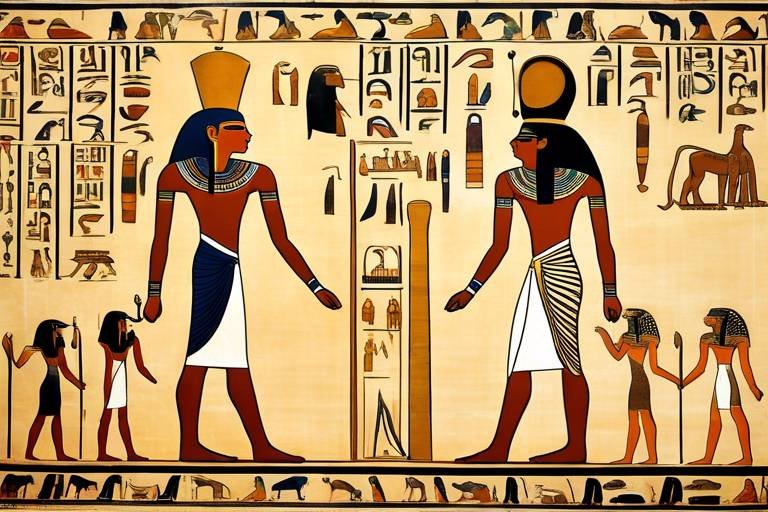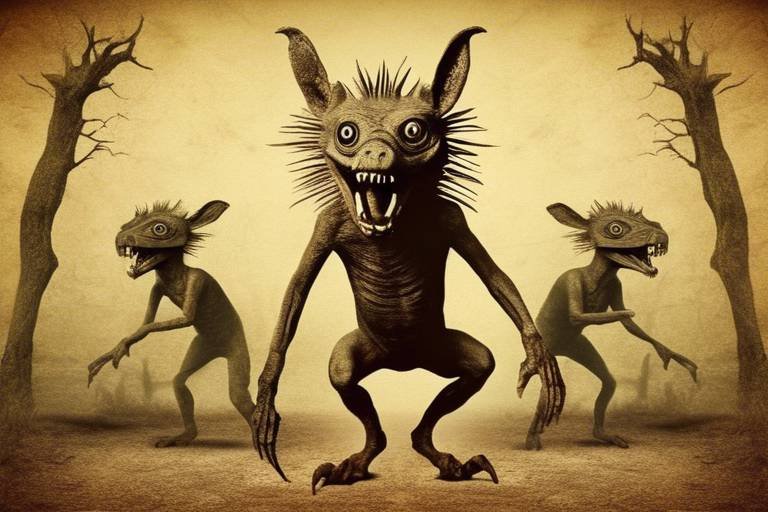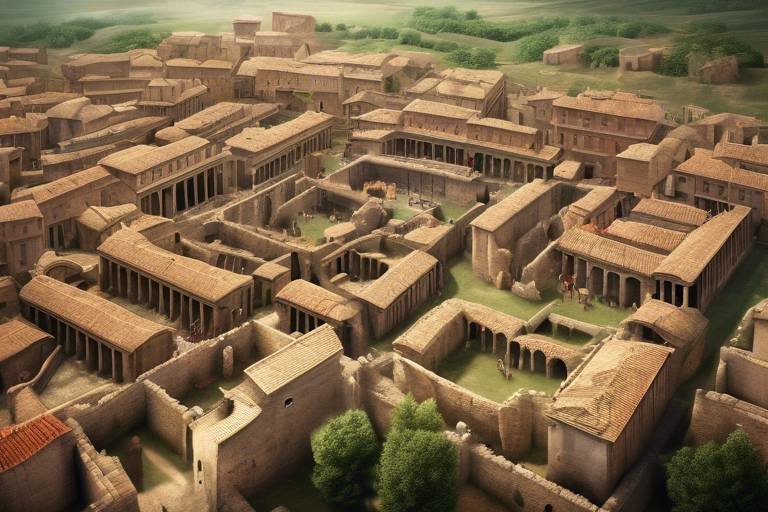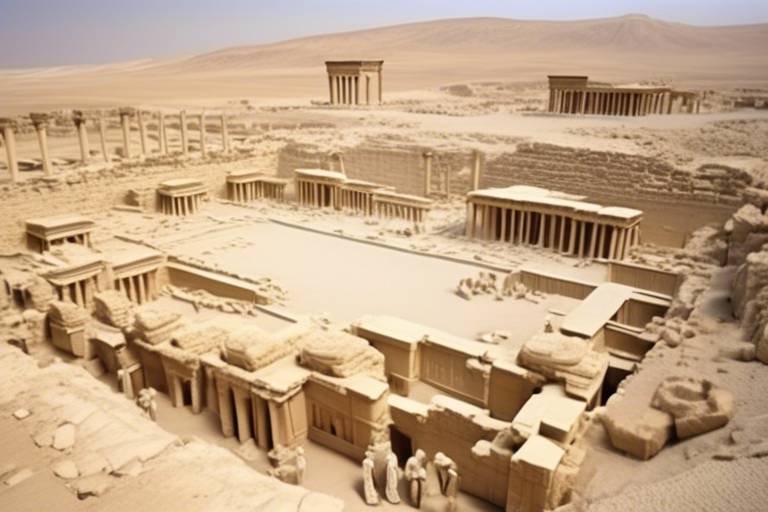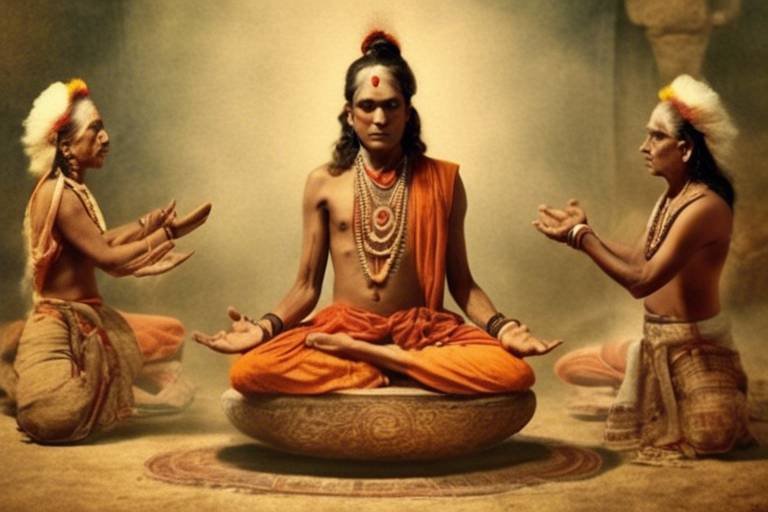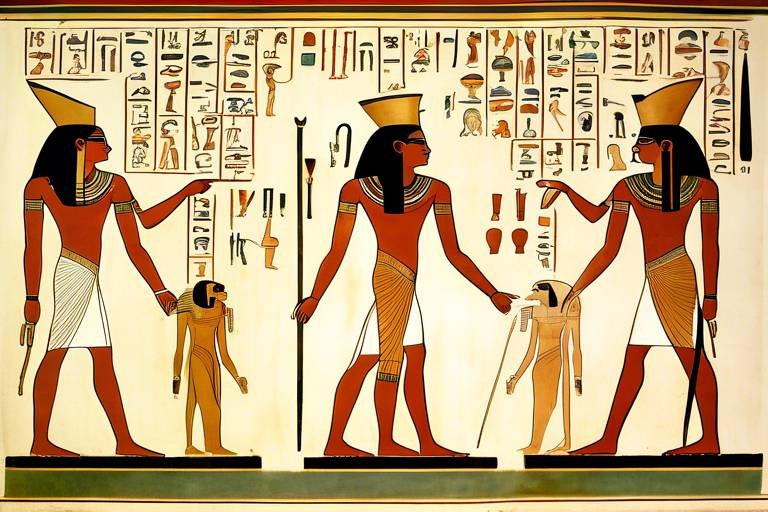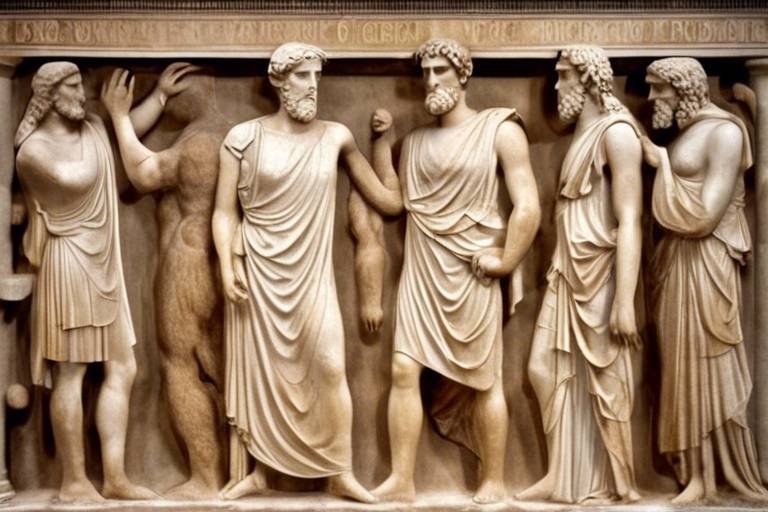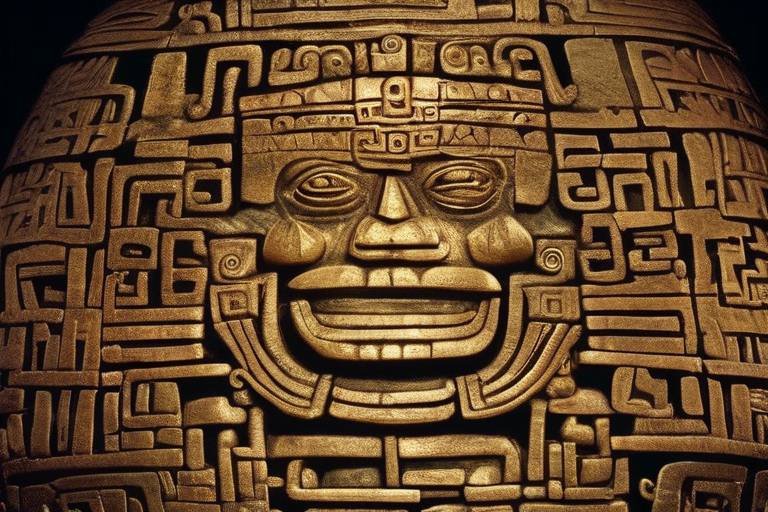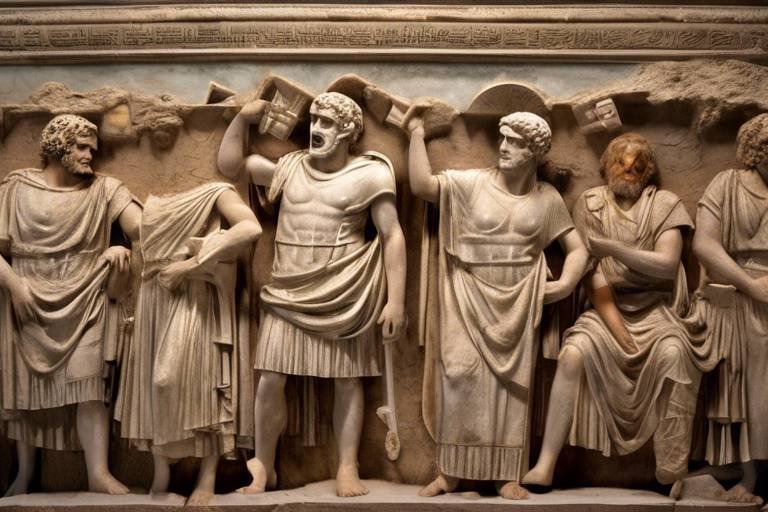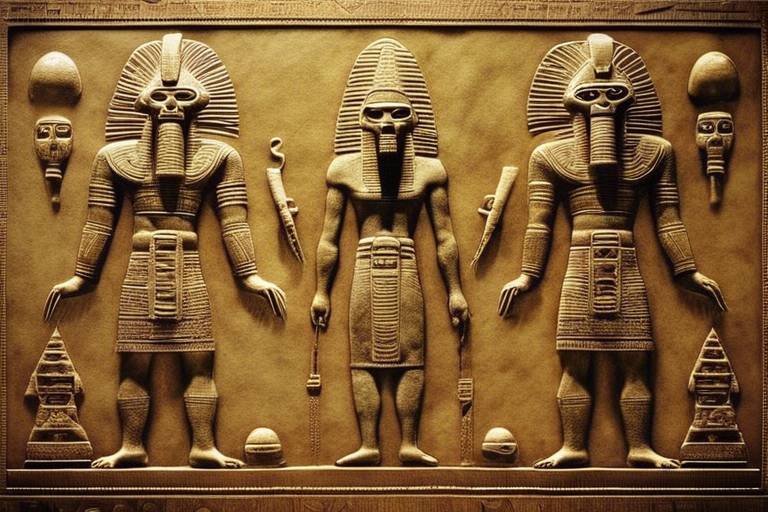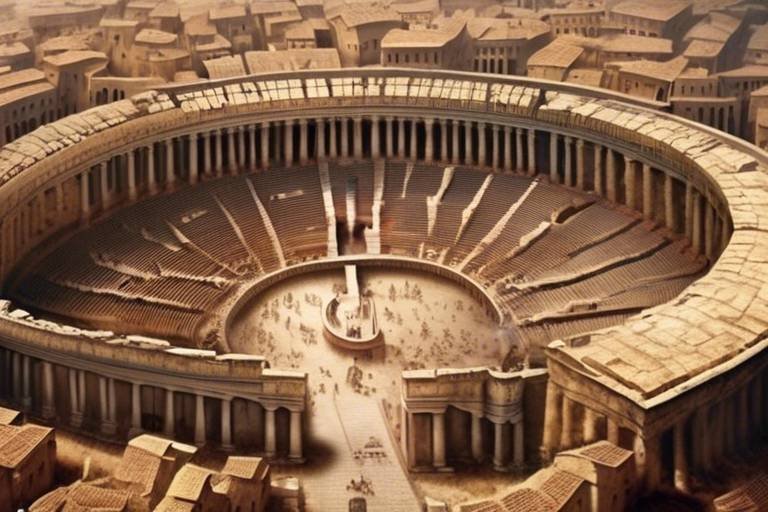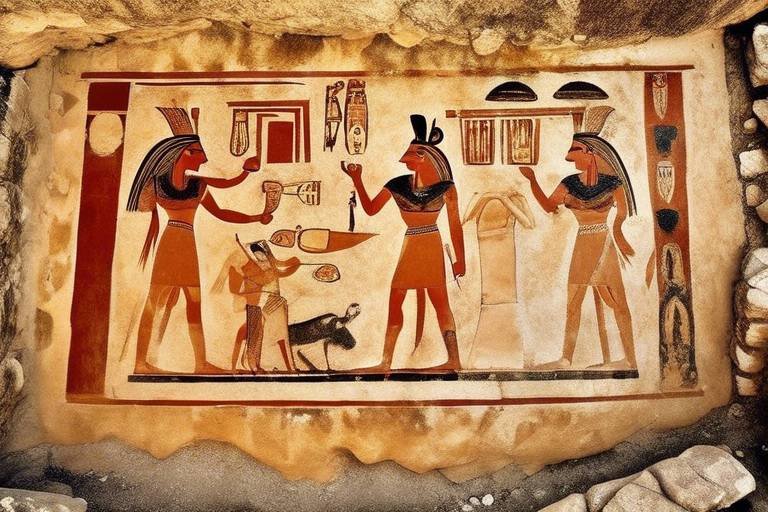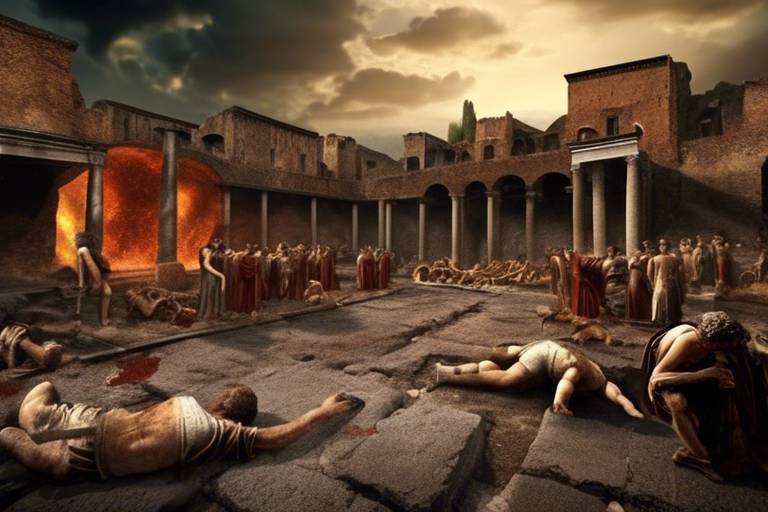The Secrets of the Ancient Egyptian Symbolism
Have you ever wondered about the enigmatic symbols that adorned the art, architecture, and religious practices of ancient Egypt? These symbols hold a depth of meaning and significance that transcends time, offering a glimpse into the beliefs and values of this ancient civilization.
One of the most iconic symbols of ancient Egyptian culture is the Ankh, a symbol that represents life and immortality. The looped cross, often held by gods and pharaohs, is a powerful emblem of eternal life and divine protection.
Another symbol shrouded in mystery is the Eye of Horus, a symbol associated with healing and royal power. This eye, often depicted as a falcon's eye, was believed to offer protection and ward off evil forces.
The Scarab Beetle, revered for its connection to rebirth and transformation, was a symbol of great importance in ancient Egyptian culture. This beetle, often associated with the sun god Ra, represented the cycle of life, death, and rebirth.
The Lotus Flower, with its symbolic representation of creation and rebirth, held a sacred place in Egyptian art and religion. Its emergence from the murky waters symbolized the sun's journey across the sky, signifying renewal and transformation.
The Djed Pillar, a symbol of stability and strength, was seen as a representation of the god Osiris and his resurrection. This pillar, often depicted with crossbars, symbolized the enduring nature of life and the afterlife.
The Sphinx, a mythical creature with the body of a lion and the head of a human, symbolized wisdom and protection in Egyptian mythology. This enigmatic figure stood guard over temples and tombs, embodying the union of human intelligence and animal strength.
The Crook and Flail, symbols of kingship and divine power, were wielded by pharaohs as emblems of authority. The crook symbolized the pharaoh's role as a shepherd of his people, while the flail represented his power to maintain order and justice.
Lastly, the Cartouche, an oval shape enclosing the names of pharaohs, symbolized protection and eternity in ancient Egypt. This symbol, often found in royal inscriptions and tombs, served as a protective amulet for the pharaoh's name and legacy.

The Ankh Symbol
The Ankh symbol, also known as the key of life or the key of the Nile, holds a profound significance in ancient Egyptian culture. Shaped like a cross with a loop at the top, the ankh symbolizes life and immortality. It is a powerful emblem that reflects the eternal nature of existence and the belief in the afterlife. The loop at the top is often interpreted as the sun setting on the horizon, representing the cycle of life, death, and rebirth.

The Eye of Horus
The Eye of Horus, also known as the Wedjat Eye, is one of the most recognizable symbols in ancient Egyptian mythology, holding profound significance in their belief system. This symbol is often depicted as the left eye of the falcon-headed god Horus, representing protection, healing, and royal power. The Eye of Horus was believed to have magical and protective properties, warding off evil spirits and bringing blessings to the wearer. It served as a powerful amulet, guiding the soul in the afterlife and ensuring eternal life.
In Egyptian mythology, the Eye of Horus is linked to the story of the battle between Horus and his uncle Set. During the conflict, Set damaged Horus' left eye, which was later restored by the god Thoth. This mythological tale symbolizes the eternal struggle between order and chaos, light and darkness, good and evil. The restored Eye of Horus became a symbol of healing and protection, embodying the triumph of good over evil.
Moreover, the Eye of Horus is associated with the udjat eye, a term meaning "whole" or "sound." This connection emphasizes the healing and protective aspects of the symbol, signifying completeness and well-being. The Eye of Horus was believed to bring clarity of vision, both physically and spiritually, guiding individuals on their journey towards enlightenment and inner wisdom.
Symbolically, the Eye of Horus is divided into six parts, each representing a different sense: sight, hearing, smell, taste, touch, and thought. These fractions were also associated with the six directions of the compass, reflecting the all-seeing and all-knowing nature of the symbol. The Eye of Horus served as a talisman of protection, guarding against illness, misfortune, and negative energies.
Furthermore, the Eye of Horus is often linked to the Ankh symbol, representing the eternal cycle of life, death, and rebirth in Egyptian belief. Together, these symbols encapsulate the core principles of ancient Egyptian spirituality, emphasizing the interconnectedness of life and the eternal quest for balance and harmony.

The Scarab Beetle
Exploring the hidden meanings and significance behind the symbols used by the ancient Egyptians in their art, architecture, and religious practices.
The scarab beetle holds a special place in ancient Egyptian culture, symbolizing profound concepts such as rebirth, transformation, and protection. Known as the 'dung beetle,' it was revered for its ability to transform waste into life, reflecting the Egyptians' belief in the cycle of life and death.
A common symbol found in amulets, jewelry, and tomb decorations, the scarab beetle represented the sun god Ra's journey across the sky each day, signifying renewal and the eternal cycle of life. Egyptians believed that wearing scarab amulets would bring them protection and good fortune in this life and the afterlife.
The scarab beetle's significance extended to religious rituals and funerary practices, where it was placed on the hearts of the deceased to ensure safe passage to the underworld and rebirth in the afterlife. Its association with Khepri, the god of the rising sun, emphasized the beetle's role in guiding souls through the journey of death and resurrection.
Moreover, the scarab beetle's shape itself, resembling the sun disc, emphasized its connection to creation and the daily rising of the sun. This symbolism intertwined with the Egyptian concept of regeneration and the cyclical nature of existence, portraying the beetle as a powerful symbol of eternal life and protection.

The Lotus Flower
Exploring the hidden meanings and significance behind the symbols used by the ancient Egyptians in their art, architecture, and religious practices.
The lotus flower holds a special place in ancient Egyptian symbolism, embodying profound meanings that resonate throughout their culture. In Egyptian art and religious beliefs, the lotus flower symbolizes creation, rebirth, and the journey of the sun across the sky. Just like the lotus emerges from the murky waters, the ancient Egyptians saw it as a representation of life rising from chaos and darkness, blooming into beauty and purity.
Depicted in various artworks and temple inscriptions, the lotus flower also signified fertility and growth, mirroring the cycle of life and the eternal renewal of nature. Its association with the sun god Ra linked the lotus to the daily rising and setting of the sun, symbolizing the concept of death and resurrection. The unfolding petals of the lotus were seen as a metaphor for the unfolding of creation and the continuous cycle of life.
Furthermore, the lotus flower held spiritual significance in Egyptian mythology, often portrayed in the hands of deities and pharaohs as a symbol of divine power and enlightenment. Its presence in funerary rituals and tombs emphasized the belief in the afterlife and the journey of the soul towards eternal life. The lotus was a reminder of the impermanence of life and the eternal nature of the human spirit.
- What is the significance of ancient Egyptian symbolism? Ancient Egyptian symbolism carries deep cultural and religious meanings, reflecting beliefs in life, death, rebirth, and the divine.
- How were symbols like the lotus flower used in Egyptian art? Symbols like the lotus flower were prominently featured in Egyptian art to convey spiritual concepts, cultural values, and religious beliefs.
- What role did symbolism play in ancient Egyptian religious practices? Symbolism played a crucial role in ancient Egyptian religious practices, serving as a bridge between the earthly realm and the divine world, guiding rituals and beliefs.
- Why were symbols like the ankh and scarab beetle important in Egyptian culture? The ankh and scarab beetle held significant importance in Egyptian culture, representing life, immortality, rebirth, and protection, shaping beliefs and practices.

The Djed Pillar
Exploring the hidden meanings and significance behind the symbols used by the ancient Egyptians in their art, architecture, and religious practices.
The Djed pillar is a fascinating symbol in ancient Egyptian iconography, representing stability, strength, and resurrection. This symbol, often depicted as a column with crossbars at the top, is believed to embody the backbone of the god Osiris, symbolizing his enduring and eternal nature. The Djed pillar is associated with the concept of stability and endurance, reflecting the belief in the eternal nature of life and the afterlife in Egyptian culture.

The Sphinx
Exploring the hidden meanings and significance behind the symbols used by the ancient Egyptians in their art, architecture, and religious practices.
The Sphinx, a mythical creature with the body of a lion and the head of a human, stands as a guardian of the pyramids in Giza, Egypt. This enigmatic symbol embodies the fusion of human intelligence and animal strength, symbolizing wisdom, protection, and the eternal cycle of life and death. The Sphinx gazes stoically into the horizon, a silent sentinel of the past, captivating all who lay eyes upon its majestic form.

The Crook and Flail
The Crook and Flail are iconic symbols in ancient Egyptian culture, each carrying significant meaning and symbolism. The crook, known as the "heka," symbolizes the shepherd's staff, representing the pharaoh's role as the shepherd of the people, guiding and protecting them. On the other hand, the flail, called the "nekhakha," symbolizes the tool used to harvest grains, reflecting the pharaoh's responsibility to ensure the prosperity and abundance of the kingdom.
Together, the crook and flail embody the pharaoh's dual role as both a powerful ruler and a caring leader. They signify the pharaoh's authority, leadership, and divine power over the kingdom. The crook represents the pharaoh's ability to rule with compassion and wisdom, while the flail symbolizes his capability to maintain order and justice.
Depicted in the hands of pharaohs in statues and reliefs, the crook and flail symbolize the king's ability to govern with both benevolence and strength. These symbols were not only objects of power but also representations of the pharaoh's connection to the gods and his divine right to rule.
In Egyptian mythology, the crook and flail were associated with Osiris, the god of the afterlife and resurrection. The crook symbolized Osiris as the shepherd of souls, guiding them to the afterlife, while the flail represented his role in the judgment of the deceased. This connection added a spiritual dimension to the symbols, highlighting the pharaoh's role as a mediator between the mortal world and the divine realm.
The Crook and Flail symbolize the balance between authority and compassion, strength and wisdom, power and responsibility. They serve as a reminder of the intricate symbolism and deep spiritual beliefs embedded in ancient Egyptian iconography, reflecting the complex and multifaceted nature of the pharaoh's role in society.

The Cartouche
The Cartouche, an oval shape enclosing the names of pharaohs, holds deep symbolism in ancient Egyptian culture. This unique hieroglyphic symbol is not just a decorative element but a powerful representation of protection and eternity. The Cartouche served as a protective charm, safeguarding the name it encircled from harm and ensuring the eternal legacy of the pharaoh it belonged to. It was believed that by inscribing a pharaoh's name within the Cartouche, their identity and spirit would be preserved for eternity, allowing them to continue their journey in the afterlife.
Frequently Asked Questions
- What is the significance of the Ankh symbol in ancient Egyptian culture?
The Ankh symbol, also known as the key of life, represents life and immortality in ancient Egyptian belief. It is a powerful symbol associated with eternal life and regeneration, often depicted in the hands of deities and pharaohs.
- What does the Eye of Horus symbolize in Egyptian mythology?
The Eye of Horus is a symbol of protection, royal power, and good health in Egyptian mythology. It is believed to bring healing and ward off evil, serving as a powerful amulet to guard against harm and bring blessings.
- What does the scarab beetle symbolize in ancient Egyptian culture?
The scarab beetle symbolizes rebirth, transformation, and protection in ancient Egyptian culture. It is associated with the sun god Ra and is believed to bring good luck, ward off evil, and ensure safe passage into the afterlife.
- What is the symbolic meaning of the lotus flower in Egyptian art and religion?
The lotus flower symbolizes creation, rebirth, and the sun's journey in Egyptian art and religion. It is a sacred symbol of purity and enlightenment, often depicted in association with the sun god and the cycle of life and death.
- What does the Djed pillar represent in ancient Egyptian iconography?
The Djed pillar symbolizes stability, strength, and resurrection in ancient Egyptian iconography. It is a symbol of endurance and eternal life, associated with the god Osiris and the concept of rebirth and regeneration.

